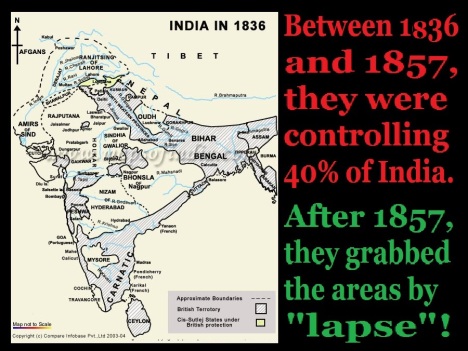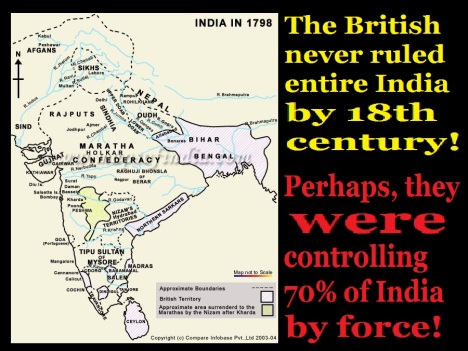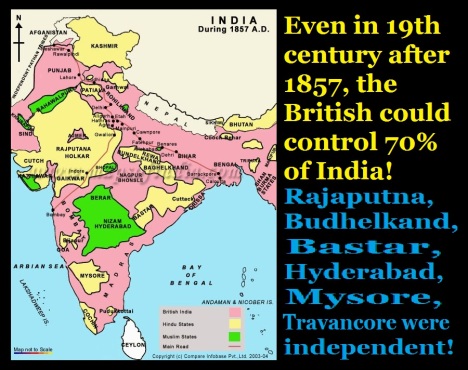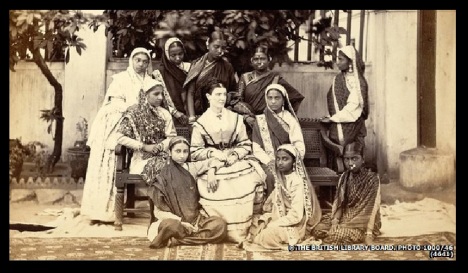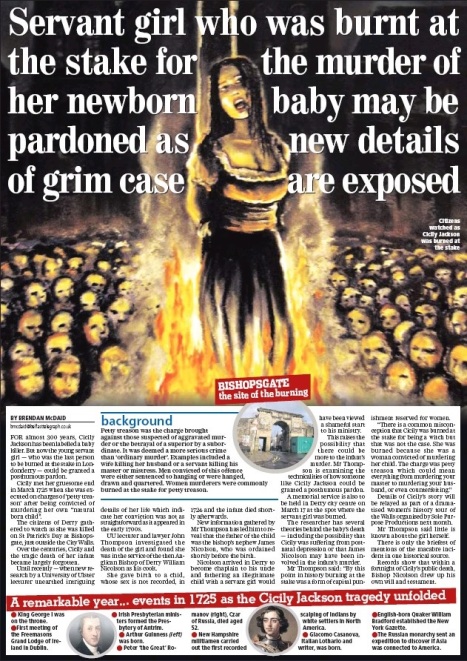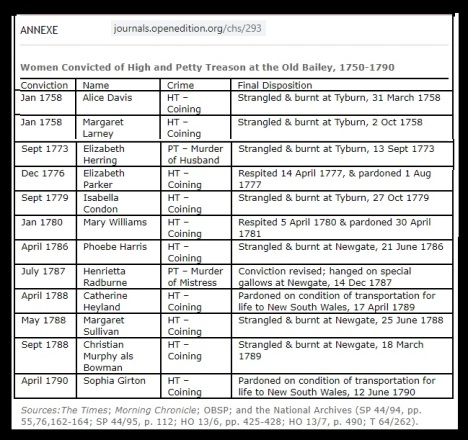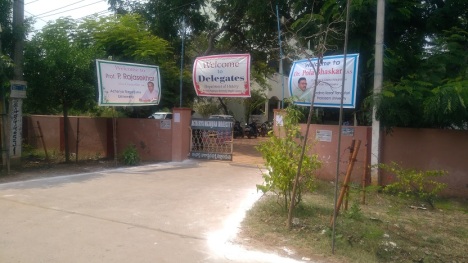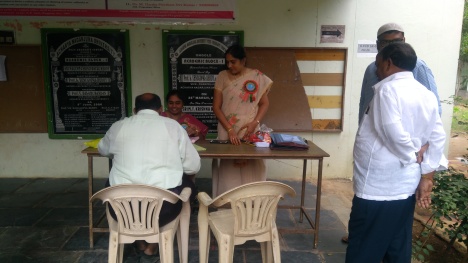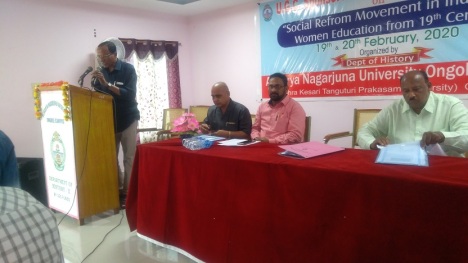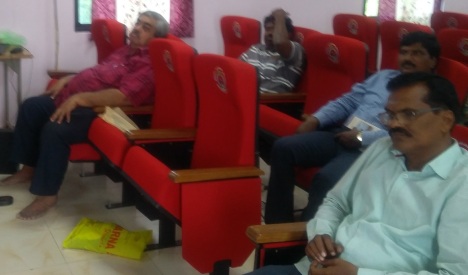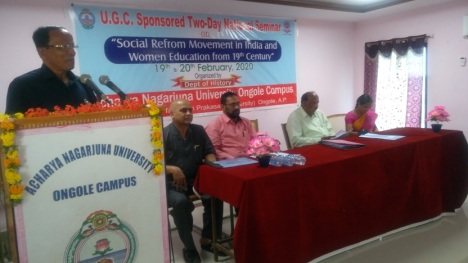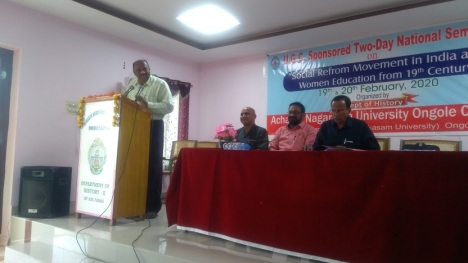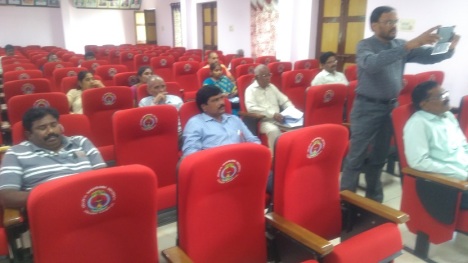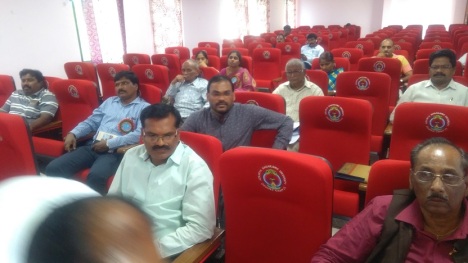The Bower Manuscript – Navanitika, the Ancient Medical Book of Bharat discovered in 19th century in Central Asia!

Bower to Waterhouse to Rudolf Hoernle: Next to the Bakhshali manuscript, the Bower manuscript attracts Indian researchers of Science and Technology in India. Actually, it is “Navanitika,” an ancient medical book, recovered partially. However, it is named after Hamilton Bower – a British Lieutenant, who bought the manuscript in March, 1890 while on a mission to chase an assassin charged with hacking a Scotsman to death. Just like “Periyar planetarium,” [who has nothing to do anything with astronomy], the Medical manuscript of the book has been named after the purchaser of the book, instead of the author. The story of the purchase goes in this way – On the night of 2nd or 3rd March 1890, a man came to his tent and offered to sell him old manuscripts and artefacts that his treasure hunters had found. Bower bought them. This proves that the European explorers, army officers, members of the Society of Jesus and others had been in the vigorous searchers and purchasers of Indian manuscripts[1]. James Waterhouse, the then President of the Asiatic Society of Bengal. Waterhouse mentioned that the Bower manuscript had 56 leaves (the edition now preserved at Bodleian Library has 51 leaves). That is five pages / leaves were missing from the recovered collection. He reported that the Bower manuscript was bound with two wooden boards on either end and a string running through a hole. The fragmentary manuscript was analyzed, edited, translated and published by Rudolf Hoernle in 1897 in instalments,[2] but, not completed.
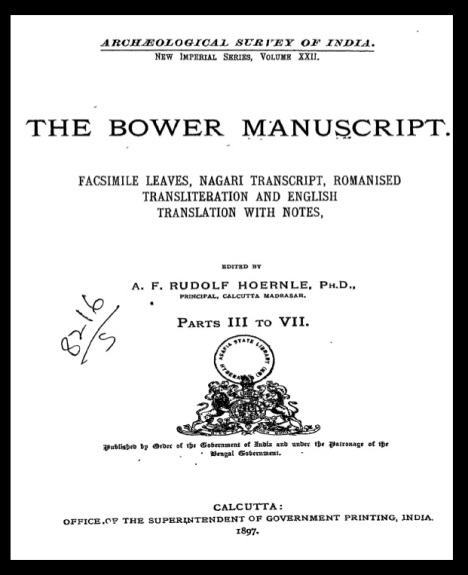
The Manuscript book was meddled with: Immediately after his return to India in February 1891, Hoernle began to study the manuscript. He found that the manuscript leaves were jumbled out of sequence, but had the page numbers marked on the left. They were obviously written in three or four styles[3], thus by three / four persons or three / four different periods. After re-arranging them, he concluded that it was an abridged collection of several different treatises[4]. “On examining more closely the several leaves, I noticed that they were evidently mixed up. The leaves written in the different hands followed one another without any order. But I also noticed that many of the leaves were marked with numbers on their left hand margin…..It further seemed that the three varieties of writing distinguished three different works…………The work is a compendium of medicine, is named the Navanitika, and consists of sixteen chapters (adhydya). That it was written by a Buddhist, is seen from the initiatory salutation of the “Tathagatas” or Buddhas……based on the excellent system of the Maharishis as composed by them in olden times……..Now as to the age of the MS., I believe it to be very old and written not later than the end of the 5th century A. D. The style of writing is exactly like that which we meet with in the early Gupta inscriptions[5], between 450 and 550 A. D..,” He presented the first decipherment two months later, at the meeting of the Society in April 1891, with evidence that it was “the oldest Indian written book that is known to exist”.The Bower Manuscript, sometimes referred to as the Yashomitra Manuscript, is preserved in the collections of the Bodleian Library in Oxford.

The facts that could be derived from the analysis of the Bower Manuscript: The following facts could be listed as the facts derived from the analysis of the manuscript:
- The Indian medical system and books travelled with the Buddhist monks going to Central Asia, China etc.
- Sanskrit was the language used, but it was written in different scripts. Here, it was written in the Gupta Brajmi, as the British noted.
- The writers, composers and practitioners of medicinal works acknowledged the source to “….the excellent system of the Maharishis as composed by them in olden times……”
- In other words, the Buddhists acknowledged that they derived such knowledge from the earlier Rishis, the Hindus.
- Thus, there had been an established medical system in the ancient India.
- The collectors, sellers and buyers of the manuscripts used to mix-up the manuscripts without knowing the contents and significance.
- During the 19th-20th centuries, the dating of the manuscripts was done relatively. Comparing the style of the script with that of the style of scripts used in the rock inscriptions.
- As the rock inscriptions have been dated after the invasion of Alexander’s invasion and Asoka was reportedly copied the “Brahmi script” from the Greeks, they were dated to c. 3d cent.BCE.
- Thus, the historical period of India started with c.326 BCE and all other incidences were placed in the pre-historic period.

What the Bower Manuscript or “Navanitika” deals with?: The writers salute the Tathagatas with the claim that they are going to write an approved compendium of medicine called the Navanitaka, based on the excellent system of the Maharishis as composed by them in olden times. Useful medicinal details are given for the cure of diseases of women and children. The work is commended to those physicians whose minds delight in conciseness, but on account of the multiplicity of its prescriptions.
- The first chapter will give prescriptions of powders ;
- the second of clarified butter;
- the third will be concerned with oils.
- The fourth will be about the mixtures which are used in the treatment of various diseases.
- The fifth will give prescriptions of clysters,
- the sixth rules about elixirs.
- The seventh will be about gruels,
- the eighth about aphrodisiacs,
- the ninth about eyewashes,
- the tenth about hair-dyes.
- The eleventh will be concerned with applications of the yellow myrobalan.
- The twelfth will be about bitumen,
- the thirteenth about castor-oil.
- The fourteenth will be concerned with the treatment of children;
- the fifteenth will deal with the treatment of barren women.
- Lastly the sixteenth will be about the treatment of women who have children.
These sixteen chapters will constitute the Navanitaka.

Rudolf Hoernle on Indian Oesteology[6]: After the Bakhshali and Bower manuscripts, what made Rudolf Hoernle to take interest in “Indian Oesteology” is not known. He compared the number of bones mentioned in the medical works of the Greeks and the Indians. theory of the Ancient Indians regarding the skeleton, or the bony frame of the human body, has been transmitted to us m three different systems These are the systems of Atreya, Susruta, and Vagbhata. Pointing out that Ktesias[7] [400 BCE] came to India[8], he placed Charaka and Sushruta in the 6th cent.BCE period. He also discussed about the two versions of the origin of medicine – one from Indra to Bharadwaja to Atreya to others and two from Indra to Dhanvantri (also called as Divadoshs, Kasiraja) to others. Rudolf Hoernle who proposed date of 600 BCE to Susruta uses a calibrating data point of Satapatha Brahmana to 500 BCE. Here, he gives 1000 BCE to Satapatha Brahmana. Thus, he would have come across different manuscripts, birch-bark books on Indian medicine and hence his relative dates given to Indian works change. That the Indian civilization had/has been continuing for many thousands of years, whereas, the much talked, publicized and praised civilizations lie Assyrian, Babylonian, Egyptian, Roman, Greek and other civilizations had disappeared. Therefore, without proper healthcare etc., the Indians could not have lived to produce population. This implies the existence of doctors, hospitals etc., from the earlier period. The Mehrgarh evidences prove that dental surgery was practised at least 7500 YBP. The evidences of Trepanation also go back to c.4300 YBP or 2300 BCE[9]. The Chola inscription of the medieval period recorded about the existence of a full-fledged hospital with a surgeon. That so many battles and wars were fought also prove the existence of doctors, hospitals, surgeons and medicines. Therefore, putting all evidences together, the literary evidences could match with the historical and protohistorical evidences to link the prehistoric with historical period.

Rhinoplasty – From Susruta to Dinnanath Kangharia: Vaidya Bhagwan Dash in his introduction gives the following details[10]:
“Unfortunately, Lord Buddha himself succumbed to death after an operation by an Ayurvedic surgeon, and thereafter, surgery was considered as a form of violence against which his followers stood very firm and prohibited the various surgical measures by people, including surgeons of the country. The knowledge of surgery including anatomy gradually declined and looks on these subjects subsequently disappeared”.
Rhinoplasty was also practised in India, but, banned by the British government[11].
The rhinoplasty / (rhino = nose + plastiokos = shaping of) / shaping of the nose by plastic surgery practised in India up to 18th century CE also proves the tradition of Sushruta. K. S. Goleria[12], S. C. Almast[13], Tribhovandas Shah[14], J. L. Gupta[15] and others[16] have pointed out such cases. The rhinoplasty has been practised by certain families e.g, Marattas of Kumar near Pune, Nepal, Kangharias of Kangra, and Himachal Pradesh. Dr. S. C. Almast reports that Sri. Dinanath Kangaria at Kangra and his family has been practising since 1440 CE. In fact, they claim that it was followed since the Mahabharat War, which took place around 3100 BCE. Taking the Trepanation evidences, as discussed below, it may not be brushed aside as boasted claim. Tribhovandas Motichand Shah was the then Chief Medical Officer at Junagadh in 1889 and he has recorded over a hundred cases of rhinoplasty conducted over four years describing the minute operative details and discussed the advantages of forehead rhinoplasty. Thus, it is evident that the tradition of rhinoplasty has been followed without a break.

Brahmi script exposed the forgeries and frauds of the British researchers: As the European researchers were searching for antiquities with the help of local people, they slowly understood the requirements of the Europeans. As they themselves were making profits by selling the antiquities, the guides in connivance with the locals started manufacturing copies of the antiquities, so that they could be sold to different explorers. It was in this competitive environment that Islam Akhun emerged. In 1895 he approached the British Consul in Kashgar, Sir George Macartney, with a number of manuscripts on paper. Ibrahim Mullah, Islam Akhun’s partner, was also selling similar items to the Russian consul Nikolai Petrovsky. He sent them to St. Petersburg to be translated. Ibrahim Mullah had some knowledge of Cyrillic scripts, and so he incorporated Cyrillic characters, which proved very confusing for those scholars tasked with their translation. Some were in a script similar to Brahmi and the documents were in several different formats, many bound with copper ties. Macartney purchased the documents and sent them to India in the hope that Augustus Rudolf Hoernlé, a prominent scholar of Indo-Aryan languages, would be able to decipher them. In April 1901 Stein tracked down Islam Akhun in Khotan and questioned him over the course of two days. Initially, Islam Akhun claimed innocence, insisting he had only been an agent for Macartney, and had himself purchased the documents from other parties, knowing how much the English desired them. On his return to England, Stein met with Hoernle in his house in Oxford in July 1901 and informed the position[17].

Hoernle works destroyed or not – the background: Hoernle hoped that his own report could be destroyed but this was not possible as it had already been published. However, he was able to edit the second part before it went to print. Many of the forgeries remain in the collections of the British Library and the Institute of Oriental Manuscripts, St. Petersburg. Interestingly, in the case of A.A. fuhrer, the same thing happened in bringing a casket that reportedly containing the ashes of Buddha, on which, Asokan Brahmi was inscribed[18]. Buhler deciphered the script in both cases. Vincent Smith intervened and decided. The publications of both Hoernle and Fuhrer were suspended or stopped or suppressed. Only par ts-II to VII are available. I have dealt with Fuhrer in detail in my paper[19]. The Asokan Brahmi has been placed to c.3rd cent.BCE, but, Brahmi inscriptions are found on the monuments of Jain and Buddhist periods. Then, its dating should go to 7th-6th cent.BCE. When the dating of the perishable documents could go back to first centuries BCE-CE period, the scripts found on the inscriptions could not have been restricted to c.3rd cent.BCE based on the Alexander invasion. Therefore, the dating of the Brahmi script has to be reassessed.
© K. V. Ramakrishna Rao
29-04-2020

[1] In another paper, I have shown how the Indian manuscripts were taken away by these groups to Europe and later to USA and supplying to Scientists, researchers, libraries and museums.
K.V.Ramakrishna Rao, The Transmission of Medical Knowledge from Tamizhagam to Europe (15th to 20th centuries), sent for the seminar held at Los Angeles from November 17th to 19th 2006.
[2] A. F. Rudolf Hoernle, The Bower Manuscript, Parts III to VII, Archaeology of Survey of India, Calcutta, 1897.
[3] The first point that strikes one on looking through the MS. is, that it appears to be written in three, if not four, different styles. This point has been already noticed in the November account.
Rudolf Hoernle, Birch Bark Manuscript, From the Proceedings, Asiatic Society of Bengal, for April, 1891, p.1.
[4] Rudolf Hoernle, Birch Bark Manuscript, From the Proceedings, Asiatic Society of Bengal, for April, 1891. Issued as a 20-page booklet.
[5] “The whole manuscript is written in what Mr. Fleet (in his Gupta Inscriptions in Volume III of the Corpus Inscription urn Indicorum, p. 3) distinguishes as the Northern class of the Nagari alphabet, which is characterized by the peculiar form of them. Of this class, however, three varieties are observable in the MS” – Rudolf Hoernle.
[6] A. F. Rudolf Hoernle, Studies in the Medicine of Ancient India – Oesteology or the Bones of Human Body, Part-I, Oxford at the Clarendon Press, 1907.
[7] Ktesias also known as Ctesias the Cnidian or Ctesias of Cnidus, was a Greek physician and historian from the town of Cnidus in Caria, when Caria was part of the Achaemenid Empire flourished during the 5th century BCE.
[8] A. F. Rudolf Hoernle, Studies in the Medicine of Ancient India – Oesteology or the Bones of Human Body, preface, two Greek physicians, Ktesias, about 400 BCE , and Magasthenes about 300 BCE, visited, or resided in Northern India,
[9] K. V. Ramakrishna Rao, The position of Surgery Before and After Buddha, Swadeshi Science Movement, Bangalore, Sastratrayi, pp.187-198.
[10] Vaidya Bhagwan Dash, in his introduction to the Hoernle’s book, pp.xix-xx.
- F. Rudolf Hoernle, Studies in the Medicine of Ancient India (Osteology or the Bones of the Human Body), Concept Publishing Company, New Delhi, 1984.
[11] Nasal reconstructions had been practised as a relatively routine procedure in India for centuries. This was driven by the common use of nasal mutilation in India as a means of punishment or private vengeance for various forms of immorality. The procedures are described in two well-known early Indian medical works, the Suśruta Saṃhitā, thought to date to the middle of the first millennium BCE, and the Aṣṭāṅgahṛdayasaṃhitā, believed to date from the sixth century CE. By the nineteenth century the technique had been handed down through separate families in three different parts of India.
https://blogs.bl.uk/science/2016/10/britains-first-nose-job.html
[12] K. S. Goleria, Pedicie Flaps – A Historical Review, Indian Journal of Surgery, 1966, Vol.28, pp.247-254.
[13] S. C. Almast, History and Evolution of the Indian method of Rhinoplasty, Transactions of Fourth Internation Congress, Rome, Oct.1967, pp.19-25.
[14] Tribhuvandas, Rhinoplasty – A Short Description of One Hundred Cases, The Source Book of Plastic Surgery, 1977, pp.121-127.
[15] J. L. Gupta, Past, Present and Future of Plastic Surgery in India, Indian Journal of Plastic Surgery, 1991, Vol.24, pp.1-9.
[16] Keegan, Rhinoplastic Operations with Description of Recent Improvements in the Indian method, Bailliere, Tindall and Cox, London, 1900.
[17] What Stein wrote to Hoernle, “Islam Akhun is a very clever rascal, with a good deal of humour and brains quite above the level of his compatriots. His memory as to the articles he supplied was surprising. When he was once on the road to a full confession, it was easy to see how well his avowals agreed with the stories he had told M. and which your Report reproduces. I appreciate brains even in a scoundrel, and I wonder whether I. A. is not too dangerous a fellow to let loose on an innocent Khotan. … I do not know which documents you consider to be written in a kind of debased Nāgarī, and must reserve my opinion until you have shown them to me. But from what I have indicated above, you will realize why I fear that this reading will not prove more justified than my own supposition of Pahlavi characters in some of I. A.’s fabrications. Questions of this kind ought to be examined after a reliable knowledge of local facts has been secured, and I have spared no trouble to obtain this. You and others will be put by my report in full possession of these dates, and will then be able to judge for yourself whether it is worthwhile to continue the study of those documents in “unknown” characters”.
[18] JRASB, The Piprdhwd Stitpa, containing relics of Buddha. By WILLIAM CLAXTON PEPPE, Esq. Communicated, with a Note, by VINCENT A. SMITH, I.C.S., M.R.A.S. With two Plates. Pp.573-588
[19] K. V. Ramakrishna Rao, Salvaging, redeeming and Saving Archaeology and Managing Heritage in the Indian Context, A paper presented at the National Seminar, “Salvaging Archaeology and Heritage Management” held at Meenakshi College, Chennai on November 29th and 30th 2016.
Filed under: A.A. Fuhrer, anti-brahman, anti-brahmin, anti-hindu, anti-vedic, Ariyar, arya, Aryan, Asiatic Society, ayurveda, Bengali, Birch-bark, bodleian, bodleian library, book, chalcolithic, chronology, civilization, Dakhsasila, Dakhshaila University, deciphering, dental surgery, Hamilton Bower, Hindu, Hinduism, historicity, historiography, history, James Waterhouse, K. V. Ramakrishna Rao, kashmir, linguistuic study, Navanitika, neolithic, Oesteology, Rhinoplasty, Rigveda, Royal Asiatic Society, Rudolf Hoernle, silk road, silk road trade, silk route | Tagged: A.A. Fuhrer, ayurveda, Ayurvedam, bone, Bower, Bower manuscript, buddha, central asia, Charaka, disease, Georg Buhler, Hamilton Bower, James Waterhouse, medicine, Navanitika, nose, Oesteology, pill, powder, Rhinoplasty, Rudolf Hoernle, skeleton, surgery, Sushruta, suspension | Leave a comment »


